Water
Only 3.5 % of water on earth is fresh water. Keep it clean!
Clean water is important for the animals and the people who depend on it
Our rivers, streams, and groundwater are important for providing clean drinking water, irrigation water for crops, and habitats for many fish and wildlife species. Plentiful, clean water is important for the animals and the people who depend on it.
6
Major rivers run in Clackamas County: Willamette River, Clackamas River, Sandy River, Pudding River, Molalla River, and Salmon River

Where Rivers and Streams Begin
Rivers and streams start from small sources like wetlands, springs, and trickles of water flowing downhill. These small flows join together to form creeks, and as more creeks and streams combine, they eventually create rivers. The quality of water in a river depends on the health of these smaller streams. How we use land near these waterways can have a big impact on the water quality downstream.
Why Pollution Matters
Pollution does not just go away—it moves from one place to another. One of the main goals of soil and water conservation is to help people use natural resources in ways that protect our drinking water, prevent pollution, and improves habitats for native species.
Rivers, Streams, and Invasive Species
Rivers and streams are a vital part of our environment. They give us water to drink, water for growing food, and homes for fish and wildlife, like salmon. They also provide places for fun activities like swimming, fishing, boating, and kayaking. Keeping rivers and streams healthy is important for our communities and the environment.
However, invasive species, whether plants or animals, can harm the health of our waterways. Invasive weeds take over streambanks, pushing out native plants that protect the soil from erosion. Without strong roots to hold the banks together, erosion increases, and sediment enters streams causing poor water quality, and covering spawning areas for native fish. Sediment buildup and flooding can also cause big problems for people beyond the rivers and streams.
Fast-growing invasive plants can also outcompete young trees on the streambank. The weeds keep the trees from growing large enough to provide shade and protect water from warming. Water that is too warm loses its ability to hold oxygen, which can cause problems for fish and other aquatic wildlife.
Invasive weeds that grow in the water make rivers and streams less usable. They can clog boat propellers and motors, tangle fishing gear, and block pipes and pumps. When these plants die, they release nutrients in the water that increase algae growth. Both algae and decomposing plants use up oxygen in the water, which can harm fish and wildlife.
Invasive species, other than plants, can also cause water quality problems. Our friends at the Oregon Department of Fish and Wildlife keep close tabs on the movement of aquatic invasive species.



Our Programs:
How We Can Help
We invite you to discover how we can help you find the information you need to manage your farm. Visit the FAQ page if you are not finding what you need below.
If you have erosion that is eating away your fields or streambank, don’t wait! Contact us for help.
Whether you are new to managing livestock or a horse property, already an expert at handling manure, mud, and water, or somewhere in the middle, we have tools and tips to help you.
Streams and the areas around them need extra care. We can help you keep the water clean and cool.
We have an Equipment Rental Program that lets Clackamas County residents rent farm equipment at affordable prices.
Stop invasive plants and pests from spreading. We can show you how!
We offer loans to homeowners in Clackamas County to fix or replace broken or failing septic systems.
Learn how to reach the goals for your urban property while being the best land steward you can be.
Learn how to reach the goals for your rural property while being the best land steward you can be
Water News

December 4, 2025• Water quality & quantity, Watersheds, Working lands, Working together
Funding Available for Conservation Near Canby and Molalla
Read More Funding Available for Conservation Near Canby and Molalla

September 16, 2025• Rural living, Septic System, Videos, Water quality & quantity

